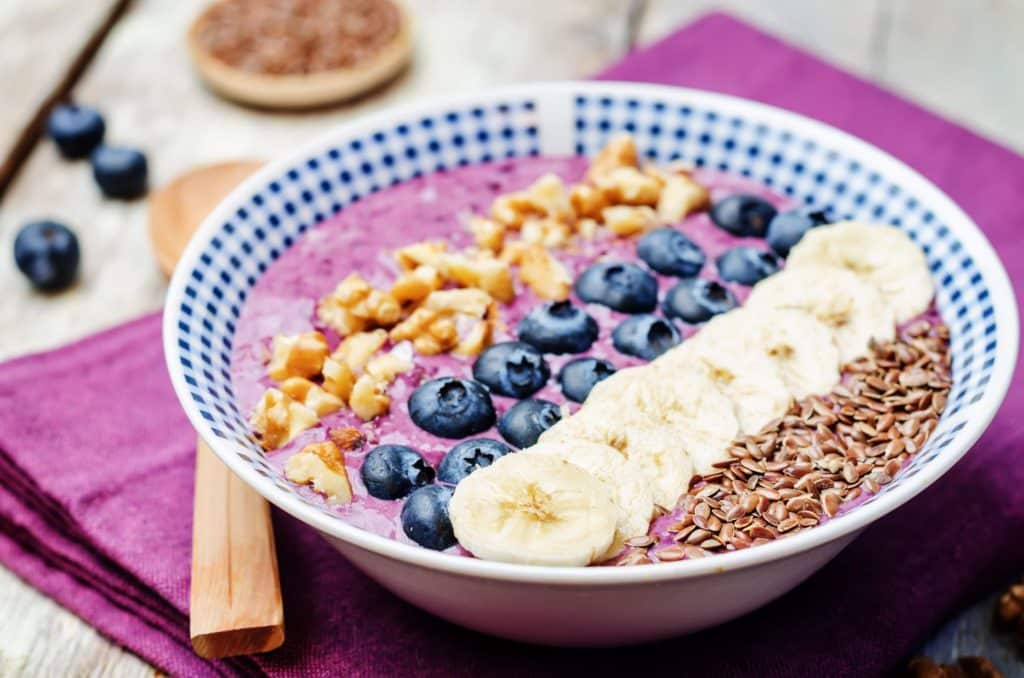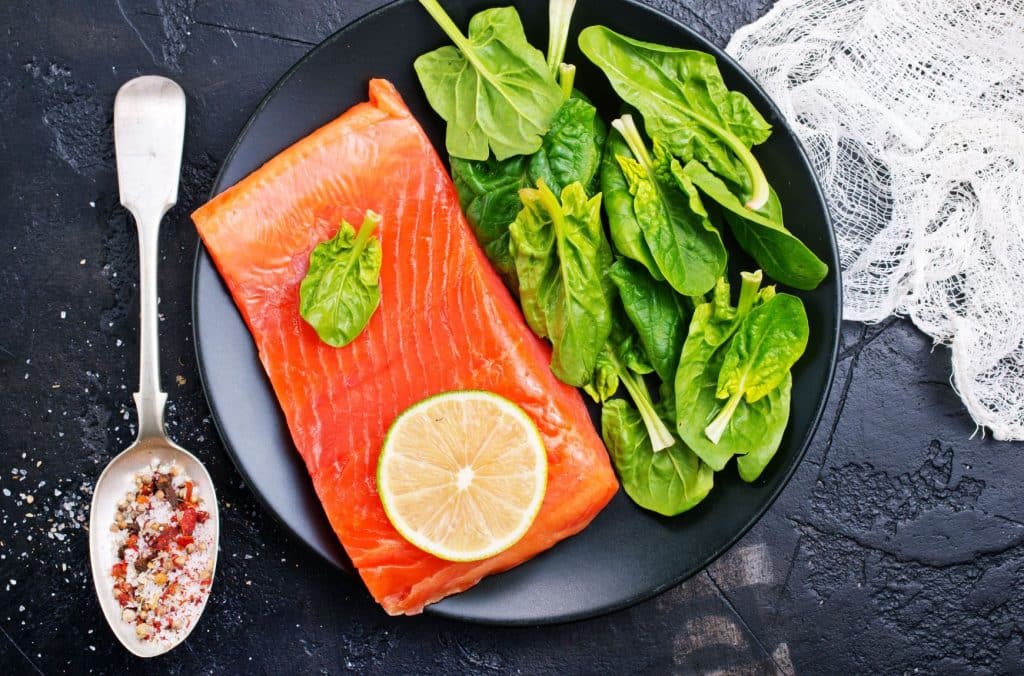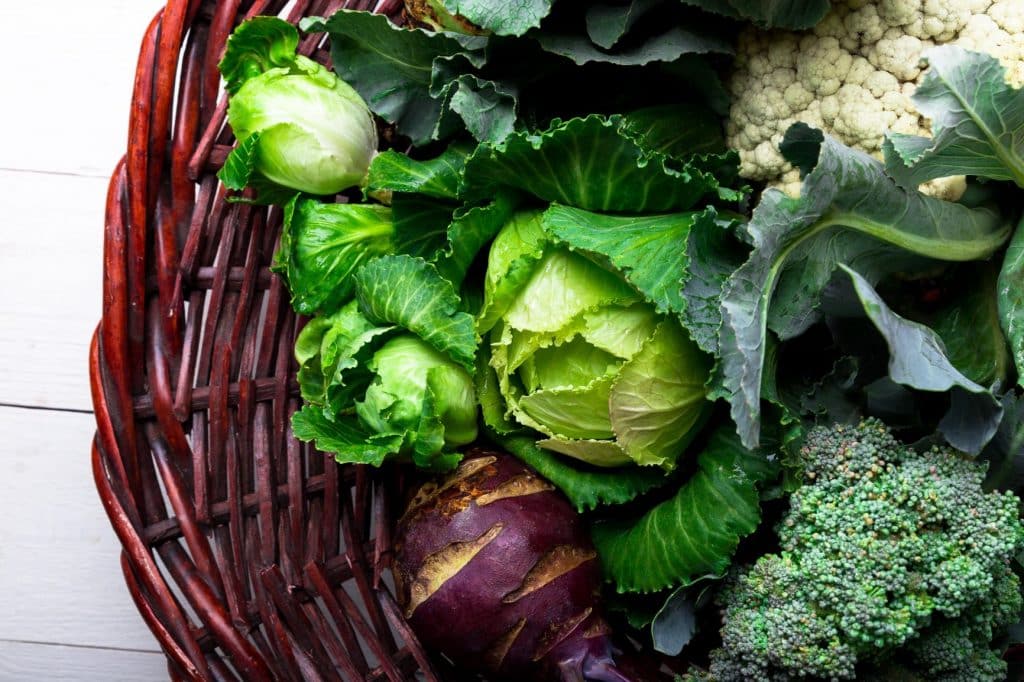There’s a lot of talk about anti-inflammatory diets in the health and wellness community right now. You’re probably wondering if it’s something you should take seriously… or is it just a passing fad? After all, many of us think of inflammation as the unavoidable redness or swelling that happens when you injure yourself. While those are both sure signs of inflammation, there’s not the type of inflammation we’re referring to here.
The type of inflammation we’re talking about occurs on the inside of your body, where you can’t see it. It’s actually part of your body’s natural immune system response. That means, any time your body is working to fight off sickness, infection, or injury, inflammatory cells are sent to the area as one of the first lines of defense. The result? Redness, swelling… and in many cases, pain.
While it may not be very comfortable, those classic signs of inflammation are completely normal and even necessary. The problem occurs when the inflammation becomes chronic. When inflammation hangs around indefinitely and never really goes away, your immune system runs in overdrive. This response can trigger some very serious health issues, including cancer, heart disease, diabetes, and neurodegenerative disorders like Alzheimer’s.
While you’ll never be able to fully eliminate inflammation from your body, there are many things you can do to keep it at healthy levels. For example, maintaining a healthy weight and avoiding smoking and excessive drinking is a great place to start. The foods you eat -and don’t eat- also play a key role in the amount of inflammation throughout your body.
Ready to learn more? Here’s everything you need to know about making the switch to an anti-inflammatory diet!
People Who May Benefit from an Anti-Inflammatory Diet
Anyone desiring to prevent or relieve the following health issues may benefit from an anti-inflammatory diet:
- Autoimmune Disorders, Including Rheumatoid Arthritis, Hashimoto’s, and MS
- Heart Disease
- Chronic Pain
- Joint Pain
- Epilepsy
- Cancer
- Alzheimer’s and Other Neurodegenerative Disorders
- Diabetes
- Psoriasis, Acne, and Other Skin Problems
- Asthma
- Crohn’s Disease and Other Gastrointestinal Issues
- Endometriosis
Anti-Inflammatory Diet 101
It’s important to understand that an anti-inflammatory diet isn’t one of those restrictive, fad diets that tells you exactly what you should eat, how much you can eat, or when to eat it. Diets that fight inflammation are all about eliminating the foods that cause inflammation while increasing your intake of foods that fight it.
If you decide to commit to an anti-inflammatory diet, you should think of it as a lifestyle change, rather than just another diet. It’s an eating plan that works to improve your overall health by minimizing inflammation. Since this eating plan does focus on eating healthy foods, you may lose some weight, but that’s not the primary goal.
It’s probably no surprise that the majority of an anti-inflammatory diet is focused on fresh fruits and vegetables, lean proteins, and healthy fats, with some complex carbohydrates from whole food sources. Refined sugar and processed foods should be avoided. Most people will also want to make the switch to a gluten free diet and eliminate dairy because they are both common triggers of food sensitivities, a common cause of inflammation.
Foods that are rich in omega-3s (such as cold water/fatty fish, nuts, and seeds) should be consumed several times per week. Omega-3s are essential for reducing inflammation, so you might want to consider including them in your personalized vitamin supplement each day as well. On the other hand, foods that contain omega-6 fatty acids should be avoided. These include many processed foods, pre-made salad dressings, mayonnaise, vegetable oil, and corn oil.
The beauty of following an anti-inflammatory diet is that most inflammatory foods are unhealthy and should be avoided anyway. Everyone can improve their health by limiting their intake of refined sugar, empty carbs, and highly processed foods. At the same time, including more nuts, seeds, healthy fats, lean proteins, and produce is always a good idea.
What the Science Says
Science has a lot to say about the negative effects of inflammation on our overall health. Inflammation has been linked to major health concerns like obesity and diabetes. It’s also been linked to certain types of cancer, including colorectal cancer, with those eating a diet rich in inflammatory foods have a 50% higher risk of developing the disease.
On the other hand, eating a diet that’s rich in anti-inflammatory foods can have a positive impact on your overall health and improve many health conditions. There’s evidence that an anti-inflammatory diet can help those struggling with the chronic pain of rheumatoid arthritis. A May 2019 study also shows that people who eat a diet focused on anti-inflammatory foods have a lower risk of developing colorectal polyps/cancer, breast cancer, and gastrointestinal issues.
Making the switch to an anti-inflammatory diet may not cure an existing health condition, but it can certainly ease the symptoms, slow down the progression, reduce pain, and cut down on the need for medication in many cases.
Other benefits of an anti-inflammatory diet include:
- Decrease the pain associated with aging, especially joint pain
- Protect the heart
- Help athletes recover faster after high-intensity exercise
- Decrease the symptoms of multiple sclerosis
Foods That Fight Inflammation
If you decide to make the switch to an anti-inflammatory diet, you’ll want to load up on the foods that are known to fight inflammation. Thankfully, there’s a wide variety of foods to pick from and you will still be able to enjoy many of your favorite foods.
If you want to keep things very simple, start by switching to a gluten-free diet. Going gluten-free will eliminate most inflammatory foods and it’s easy to find gluten-free foods just about anywhere. There are even several gluten-free meal delivery services that make it incredibly easy to make the switch, no matter how busy your lifestyle is.
Anti-inflammatory foods to put on your shopping list:
- Include a variety of fresh fruits, like pomegranates, blueberries, bananas, mangoes, grapes, and citrus. Dried fruits are great, too.
- A variety of vegetables with an emphasis on cruciferous veggies like broccoli, cauliflower, cabbage, and brussels sprouts
- Plant-based proteins like beans and nuts
- Fatty fish, including mackerel, salmon, albacore tuna, herring, lake trout, and sardines
- Whole grains (choose gluten-free grains whenever possible)
- Lots of leafy green veggies like romaine, spinach, and kale
- Ginger and turmeric
- Nuts and seeds
- Coffee and green tea
- Dark chocolate and red wine in moderation
Foods that Cause Inflammation
These foods cause inflammation and should be eliminated or reduced from your diet as much as possible.
- All refined carbohydrates like white bread, pasta, and pastries
- Any food or beverage containing high amounts of refined sugar
- Red meat (limit to no more than once a week)
- Dairy
- Gluten
- Processed meats like lunch meat or hot dogs
- Foods fried in oils like corn, vegetable, or canola oil
Are There Any Downsides to Switching to an Anti-Inflammatory Diet?
There are no known downsides of switching to an anti-inflammatory diet. However, if you have a health condition, it’s always a good idea to consult with your doctor before making any dramatic changes in your diet or lifestyle.
What to Expect When You Make the Switch
Be sure to give yourself some time to learn which foods to eat and which ones to avoid. It may take some time to adjust, especially if you’re used to consuming a lot of processed foods, red meat, gluten, or dairy.
Most people notice some improvements pretty quickly, especially in their moods. However, you may experience some gastrointestinal discomfort as your system adjusts.
It may take some time to see improvements if you’re suffering from a health condition. Give it at least a few weeks before you begin to notice positive changes, and up to 12 weeks to see significant results.
In Summary: Should You Make the Switch to an Anti-Inflammatory Diet?
In essence, following an anti-inflammatory diet is simply committing to eating a healthy diet, and who couldn’t benefit from that? Whether you have an existing health condition or not, making the switch to this lifestyle will have a positive impact on your overall health… and your quality of life. Anyone can benefit from following an anti-inflammatory diet, especially those with health conditions that cause chronic inflammation.




